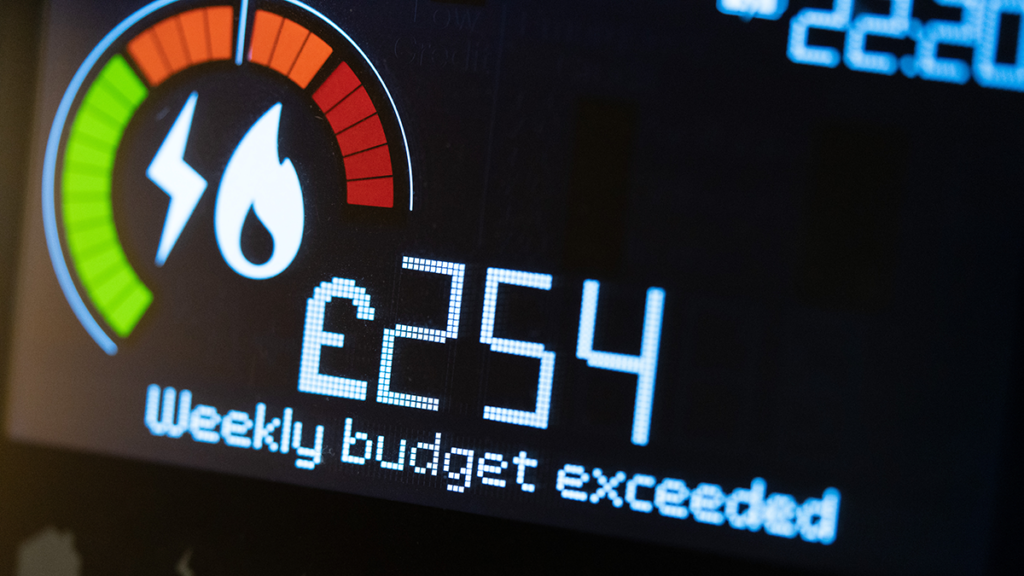The use of the word ‘crisis’ to refer to the rising cost of living in the UK has increased exponentially in the past few months, and for good reason.
Amidst other factors, the increase in energy costs has played a significant role. Energy prices have been on the rise since 2021, having more than doubled since.
And while the Energy Price Guarantee will help reduce costs for domestic consumption, energy prices for businesses may increase by more than 500%.
The additional support offered by the UK Government may well lend a helping hand, yet businesses ought to take matters in their own hands if they are to reduce the impact that the cost of energy is inevitably going to have.
“Though there is no one-size-fits-all answer to managing expenses amidst the current energy crisis, businesses should start from investing in smart metering,” comments David Barnes, Managing Director of adi Intelligent Buildings, a division of multi-disciplined UK engineering firm adi Group.
“Put simply, business owners can’t manage their energy bills effectively if they have no way of determining where and how exactly their energy is being used, and this is where smart meters come in.
“Having access to reliable and in-depth energy consumption data enables businesses to make the changes they need to effectively reduce consumption and costs.”
Many still rely on outdated or ineffective metering, which might provide an accurate picture of how much energy a business is using, but no data regarding the ways in which it’s being used, rendering them almost entirely futile.
And often, existing metering systems are altogether not fit for purpose, whether installed incorrectly or connected to the wrong energy management platforms and communications systems.
“Businesses should have a clear idea of what their reporting requirements are, so that their smart meters can be integrated with the right systems, ensuring fruitful data collection,” comments David.
Smart metering is particularly useful when paired with aM&T (automatic Monitoring and Targeting) equipment, which offers practical ways to read meters’ data, and in turn help pinpoint sources of energy wastage.
“Without metering, there would be no data to look at, and without aM&T, the data would be meaningless. Energy Monitoring and Targeting software has waste reduction at its core, and it’s one of the most effective ways of ensuring businesses can take full control of their energy use.
“If used properly, aM&T technology can generate cost savings of 10-15%. In the current climate, this can be incredibly beneficial for businesses,” adds David.
Basic Monitoring and Targeting can analyse data in the form of comparisons of daily profiles, as well as hourly energy usage, and is a great place to start for any business, no matter its size.
aM&T software can help identify whether a business’ daily energy usage lines up with what’s expected and from there, identify opportunities to reduce consumption.
This technology can provide businesses with a clear view of what their peak hours or days are for energy usage, whether there are energy spikes at particular times, and where exactly most energy is being used.
“aM&T equipment can collect timely data that is automatically analysed in line with a business’ requirements, generating reports and even alerting owners of any changes in their energy consumption.
“Without these systems, businesses would not have access to the data needed to implement the right changes, and in this new energy-conscious era, nothing is more important,” says David.
For more information, check out our Industrial page and sister site, Electronic Specifier! You can also visit our LinkedIn page here.
